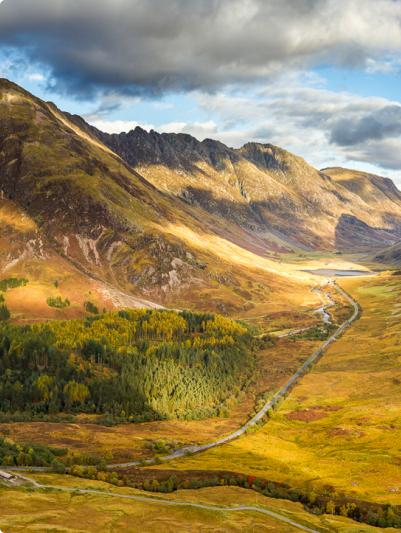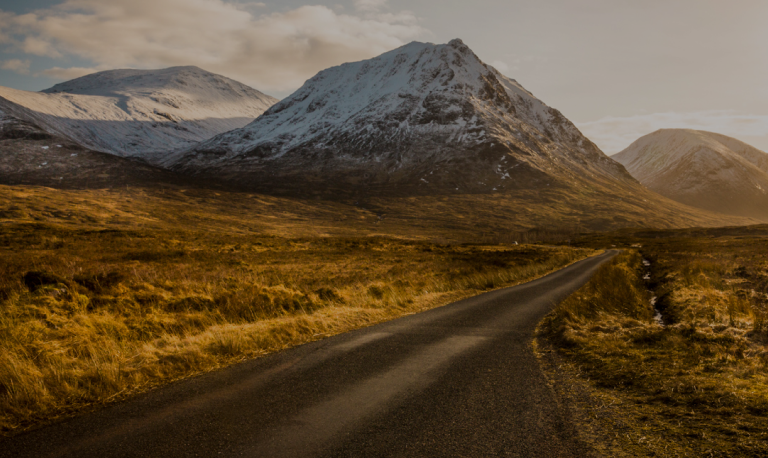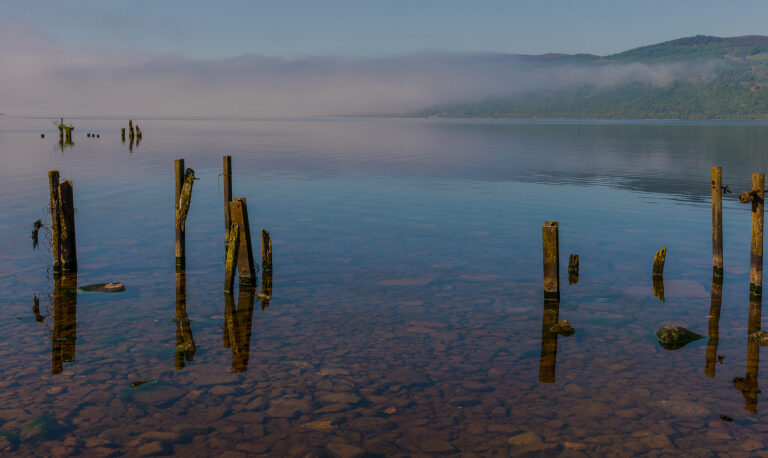Discovering the South Downs Way: Countryside, Castles & Clifftops
100 miles. A perfect round number. This is just one of the allures which attracts walkers to the rolling hills of southern England’s South Downs Way.
In September last year, I was lucky enough to get the opportunity to walk the trail myself, and see first-hand what our clients can expect from one of the UK’s most loved walking trails.
What is the South Downs Way?
The South Downs Way is the UK’s first long-distance bridleway, and one of the great national walking trails. It stretches for 100 miles (160 kilometres) from Winchester to Eastbourne and follows well-trodden waymarked trails.
With plenty of charming villages, medieval castles, welcoming local pubs, and expansive vistas along the way, this is the ideal trail for anyone wanting to experience the classic English countryside.
Let me take you on a journey of my highlights from walking the South Downs Way…
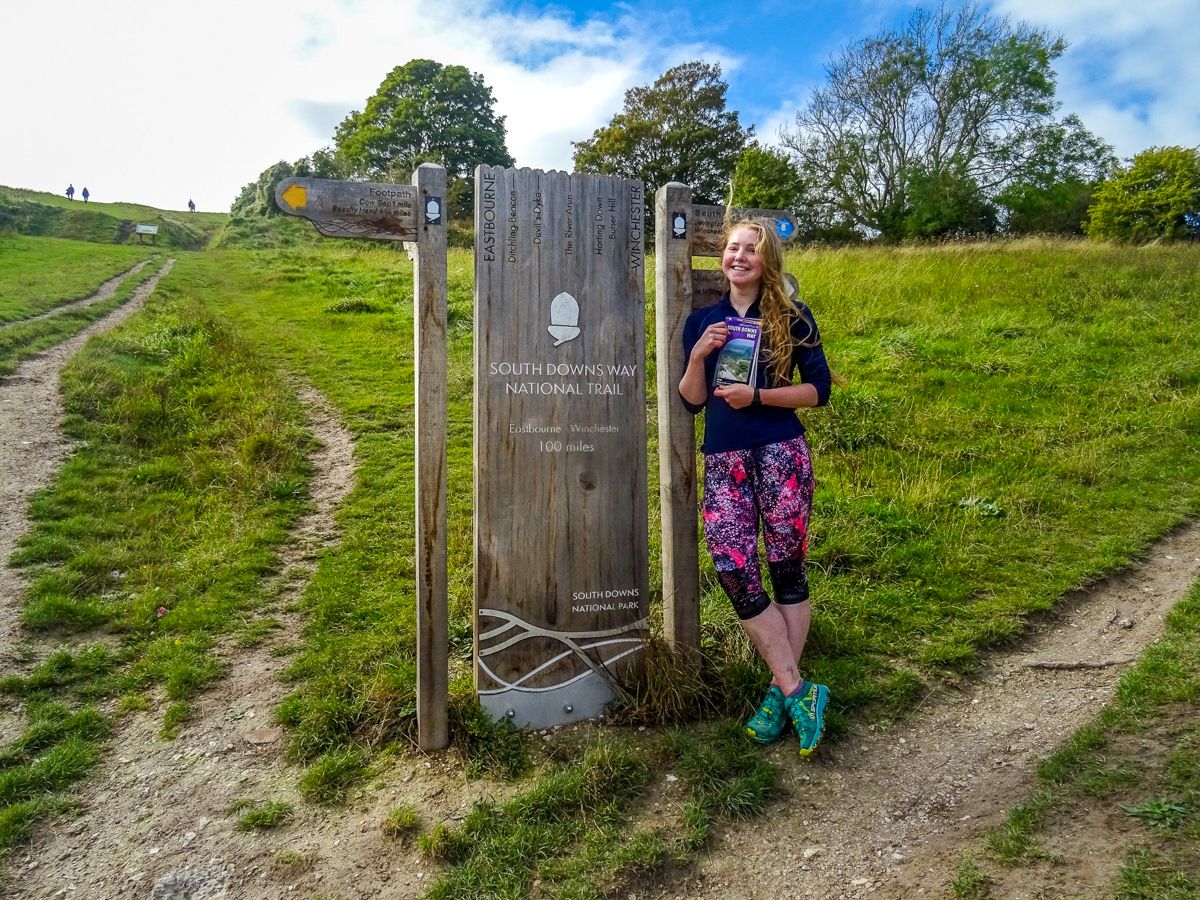
Wonderful Winchester
The route begins in Winchester, the ancient capital of England, and home to some truly magnificent gothic and medieval architecture.
Visit Winchester Cathedral, one of the largest cathedrals in Europe, burial place of ancient kings, saints and the writer, Jane Austen. Many colourful events, royal marriages and burials, have occurred here over the centuries. Having stood on this site for nearly a thousand years, there is a rich and tumultuous history written into the weathered masonry.
The novelist Jane Austen is buried in Winchester Cathedral, but that is just one of the city’s literary connections.
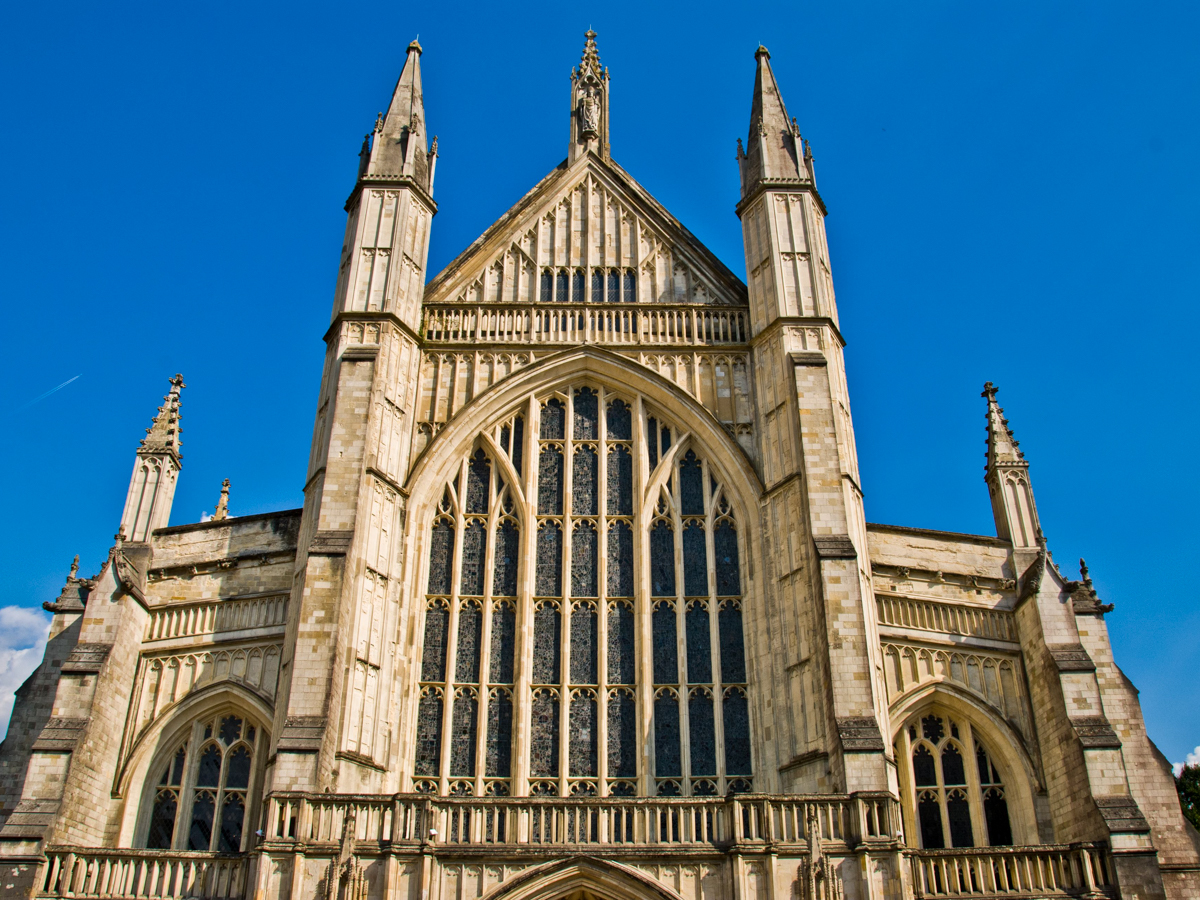
Bookshops
Winchester has an exquisite selection of independent bookshops, hidden amongst the cobbled lanes. It shares this feature with many of the towns along the South Downs Way, and the trail is a real treat for literature lovers.
Winchester is also home to a plethora of cafes, pubs, and fine dining options. A favourite of mine was the delicious Old Vine Restaurant, right beside the cathedral.
If you can tear yourself away from the indulgent delights of Winchester, your journey on the South Downs Way can begin.
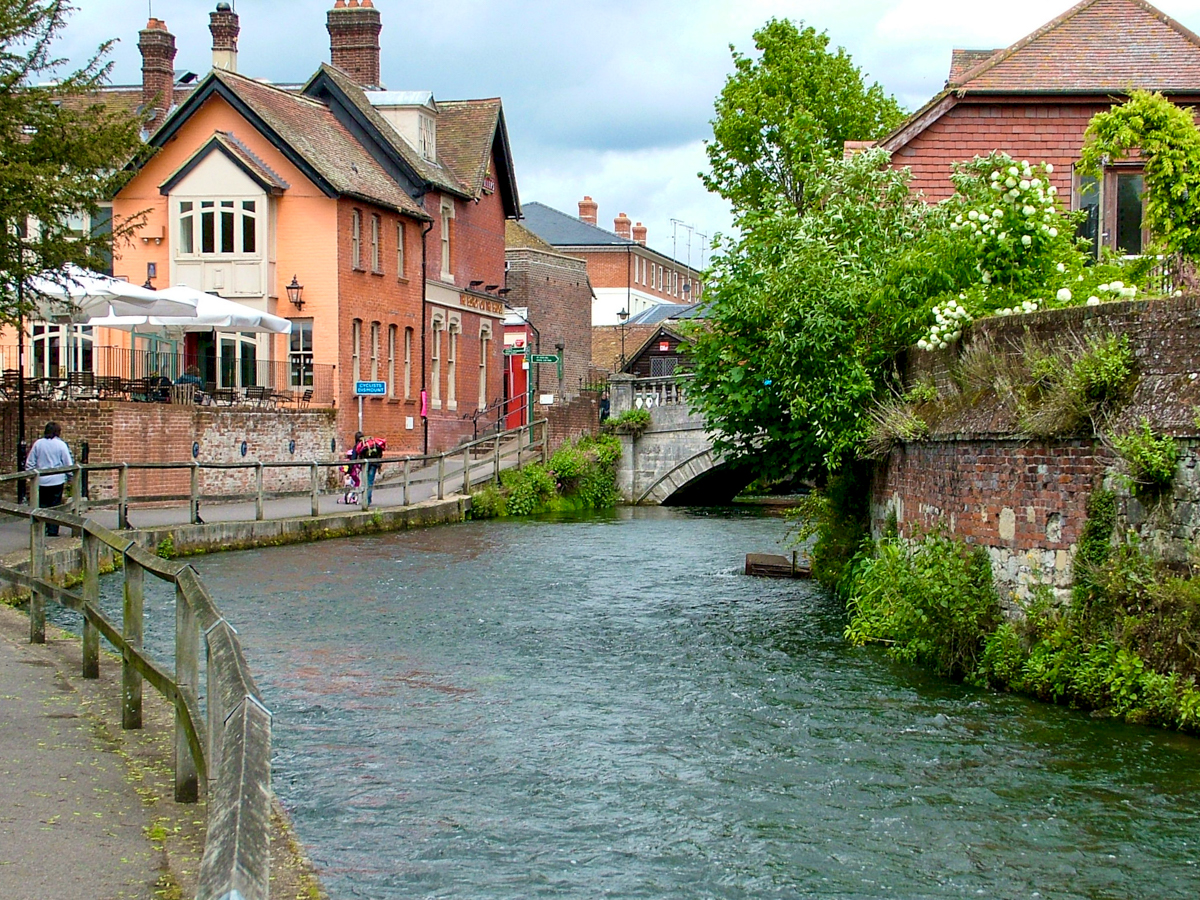
Quintessential English Countryside
The first section is a classic introduction to the English countryside. Departing from the cathedral, you leave Winchester quickly behind and embark on an undulating route which explores leafy country lanes and the quintessentially English countryside of East Hampshire.
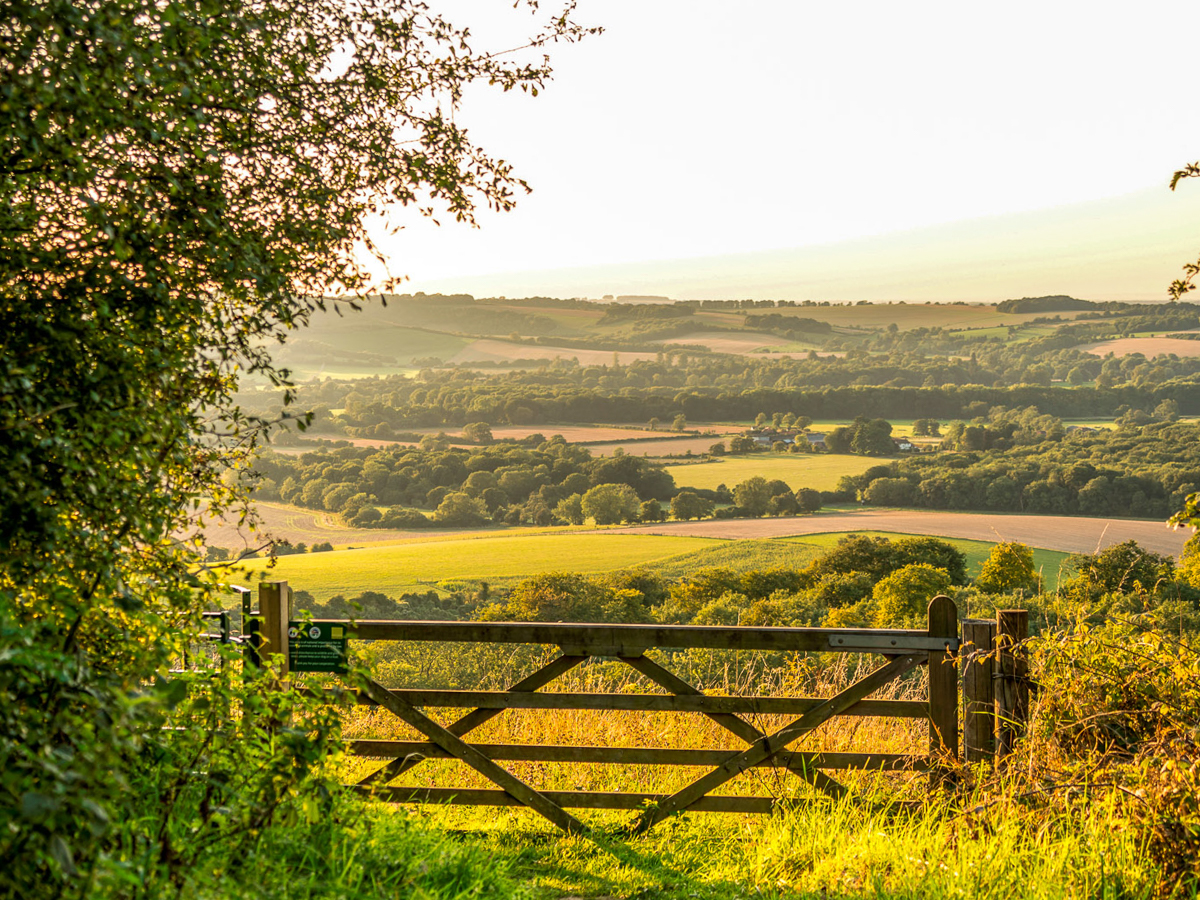
Quaint Villages
There are beautiful villages to pass along the way, with thatched cottages, Tudor houses, and blossoming wildflowers. Buriton and East Meon, in particular, are adorable places to bumble about and explore.
The village of Amberley is one such village and you can add an extra day here to venture off and explore Arundel, a short train ride away. Arundel is a delightful preserved market town with a medieval castle straight out of a fairytale. Film buffs might recognise the castle as the setting for several TV and film productions, where it is often used to double for Windsor Castle.
Elsewhere in Arundel, you’ll find all sorts of independent craft, antique, book and clothes shops. Ninevdah Church plays host to a dozen specialist stalls and is a really unique place to visit. I was also far too happy to stock up on provisions for the next day’s walk at Roly’s Fudge Pantry where you can see traditional fudge being made and sample the finished product.
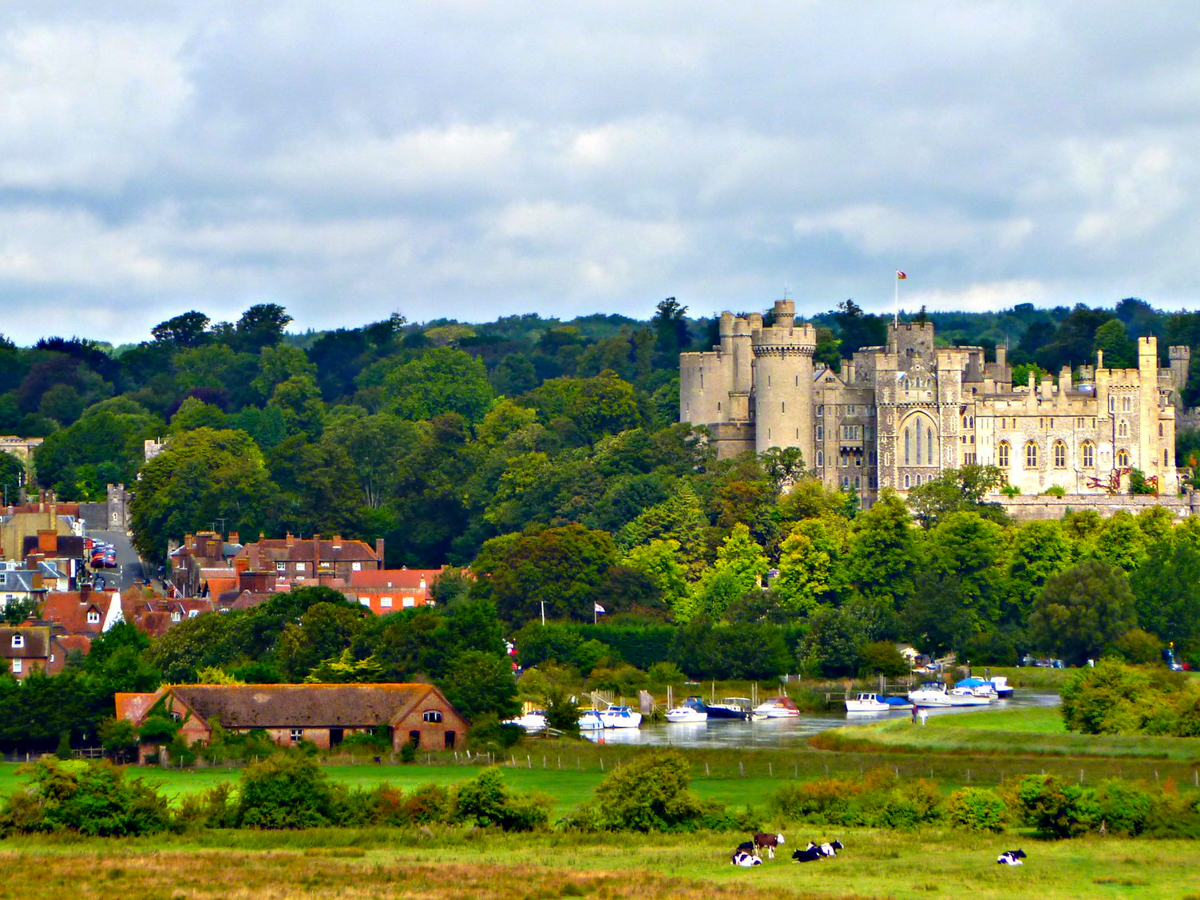
Exhilarating Panoramas
One of the best days walking on the South Downs Way is the long stretch between Bramber and Kingston near Lewes.
As you rejoin the crest of the Downs above Upper Beeding, a patchwork of quilted farmland opens up beneath you. The views continue ever more expansively as you gain height and the distant windmill at Kingston beckons you onward, across the deep chalk valley of the Devil’s Dyke and over the rolling hills.
The end of this section of the South Downs Way descends into Kingston, a tiny village on the outskirts of the county town of Lewes.
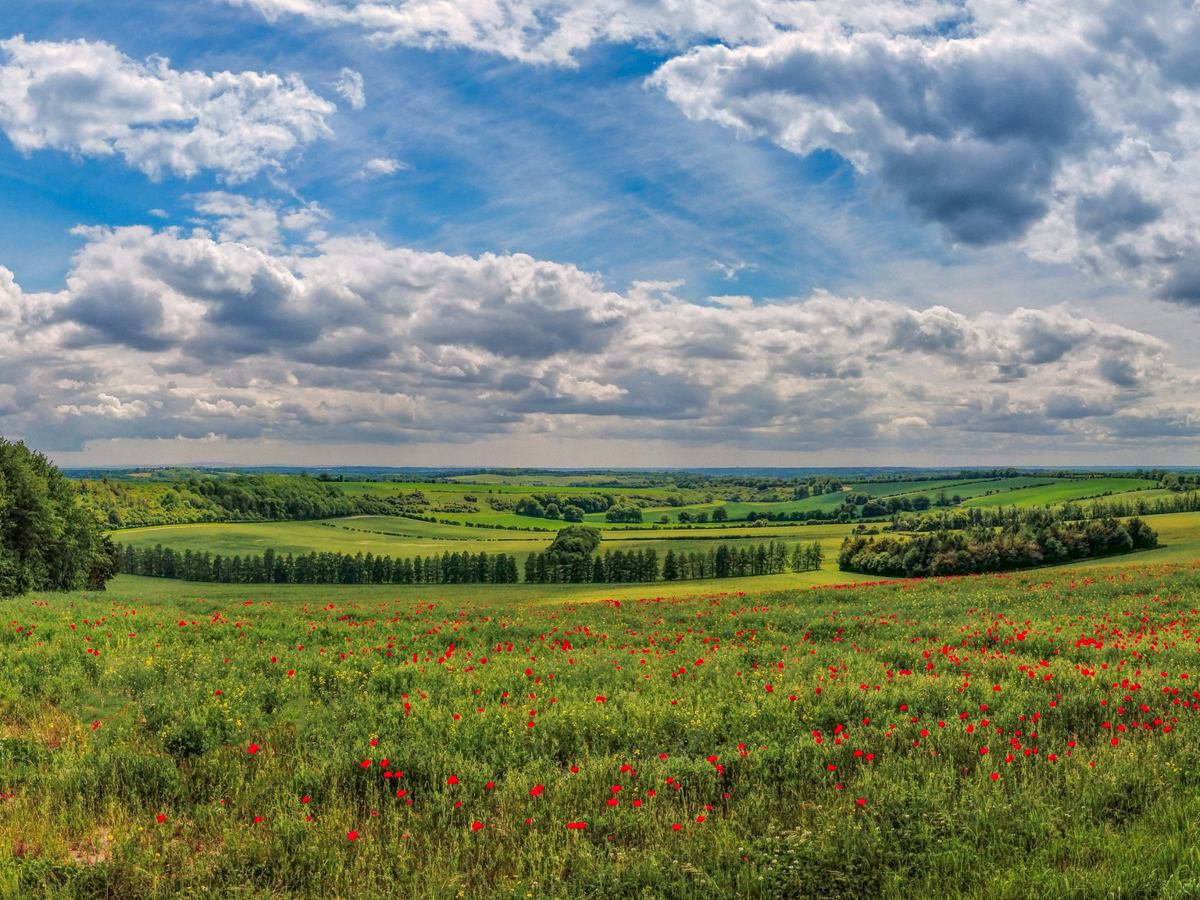
Lovely Lewes
Charming Lewes is set in a gap in the South Downs beneath chalky cliffs in the Ouse river valley. It is a delightful treasure trove of a town, brimming with quirky shops and cafes, and watched over proudly by its medieval castle.
‘Lew-is’ gets its name from the old Saxon word hlæw meaning hills. True to form, there are some fierce gradients to be encountered here. This relief though is all part of its charm, and a climb up to the top of Lewes Castle reveals panoramic views out over the bustling market town to the open plains of the river valley and hills beyond.
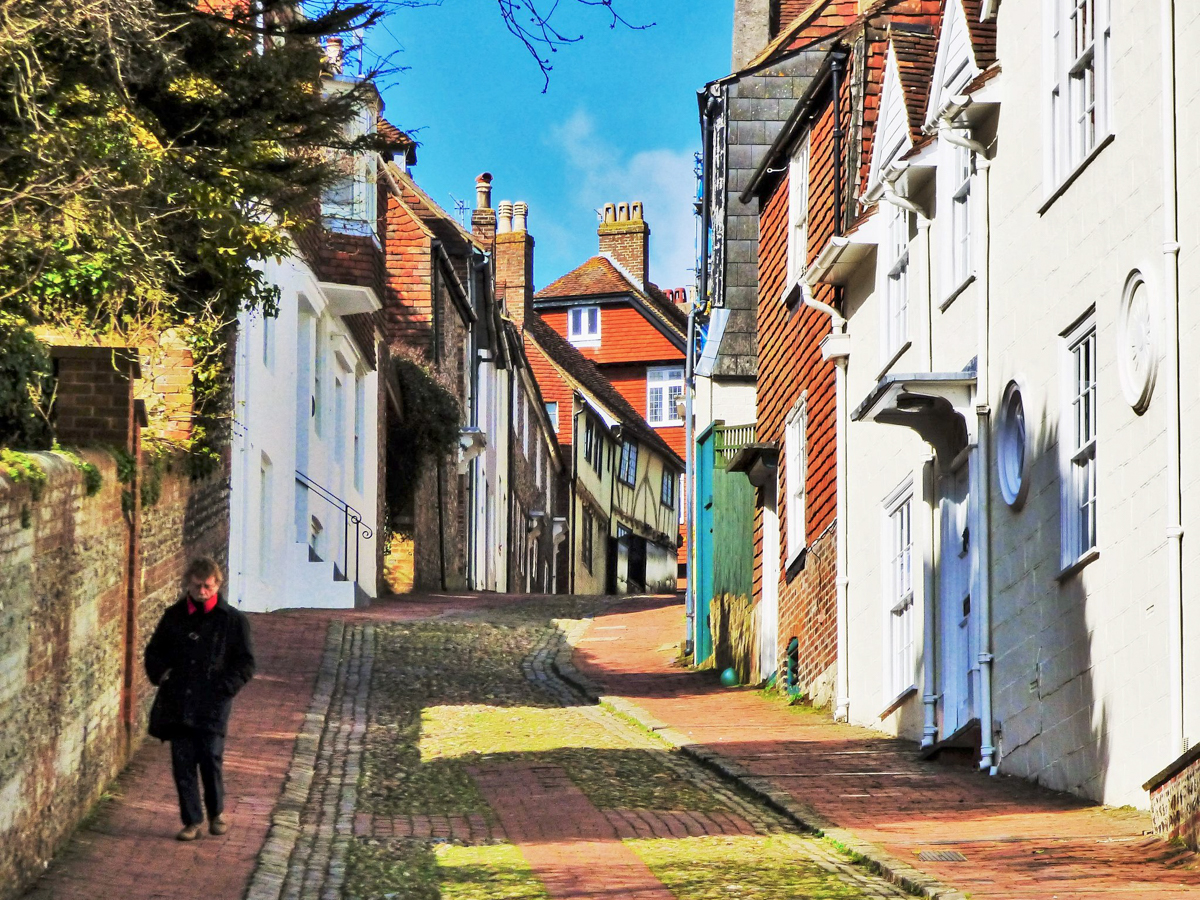
Crumbling Castles
Lewes is an excellent place to spend an extra night on your South Downs Way journey. It is a hub of history, and the castle is well known as a rare example of a double motte-and-bailey design. One of the baileys has housed a bowling green since the 1600s, where the revolutionary Thomas Paine once bowled. However, the green is a challenging place to bowl, it is the lumpiest in England as it stands atop the remnants of the medieval buildings that used to be there.
Lewes Castle made the news in November 2019 when part of the castle wall collapsed into an adjacent garden, but thorough health and safety checks of the remaining structure have taken place since.
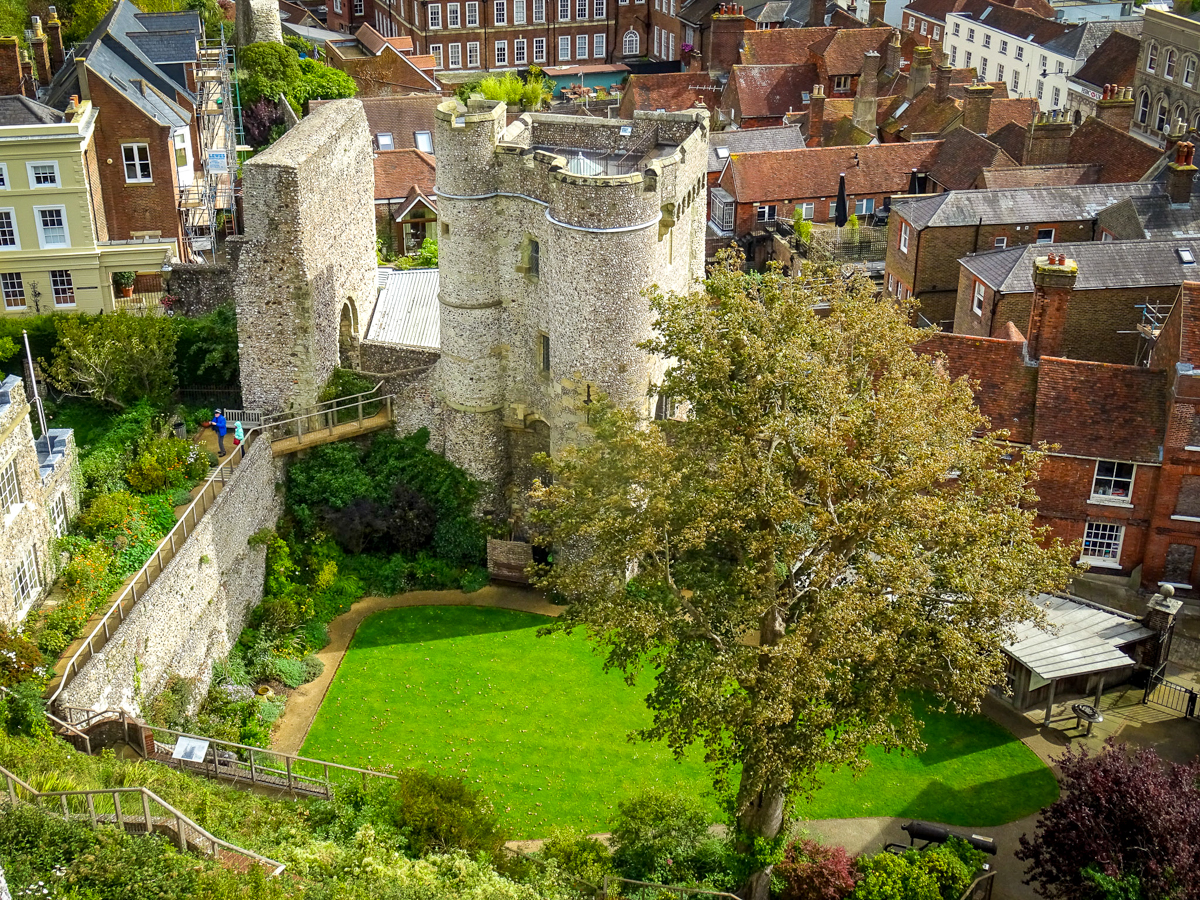
Local Ales
Also in Lewes, you have Harvey’s Brewery. An enthusiastic beer-drinker, I’d come across Harvey’s in many of the pubs on the walk so far, so it was wonderful to see how locally it is produced.
Harvey’s beer is served in all good pubs in Lewes, and a special mention should be made of the quirky Snowdrop Inn. Nestled beneath the chalky cliffs on the outskirts of town, this uniquely decorated pub is well worth the walk.
It was built on the site of Britain’s deadliest avalanche which took place on 27th December 1836 when a huge build-up of snow on the chalk cliff above dropped onto the houses below, killing 8 people and destroying the row of workers cottages.
The Snowdrop Inn was built soon after, in 1840, and named in commemoration of the disaster. However, the jolly interior of the Snowdrop concedes nothing to its tragic past. The cosy wooden bar and welcoming candlelit setting are infinitely inviting, and it’s a fantastic place to pass an evening.
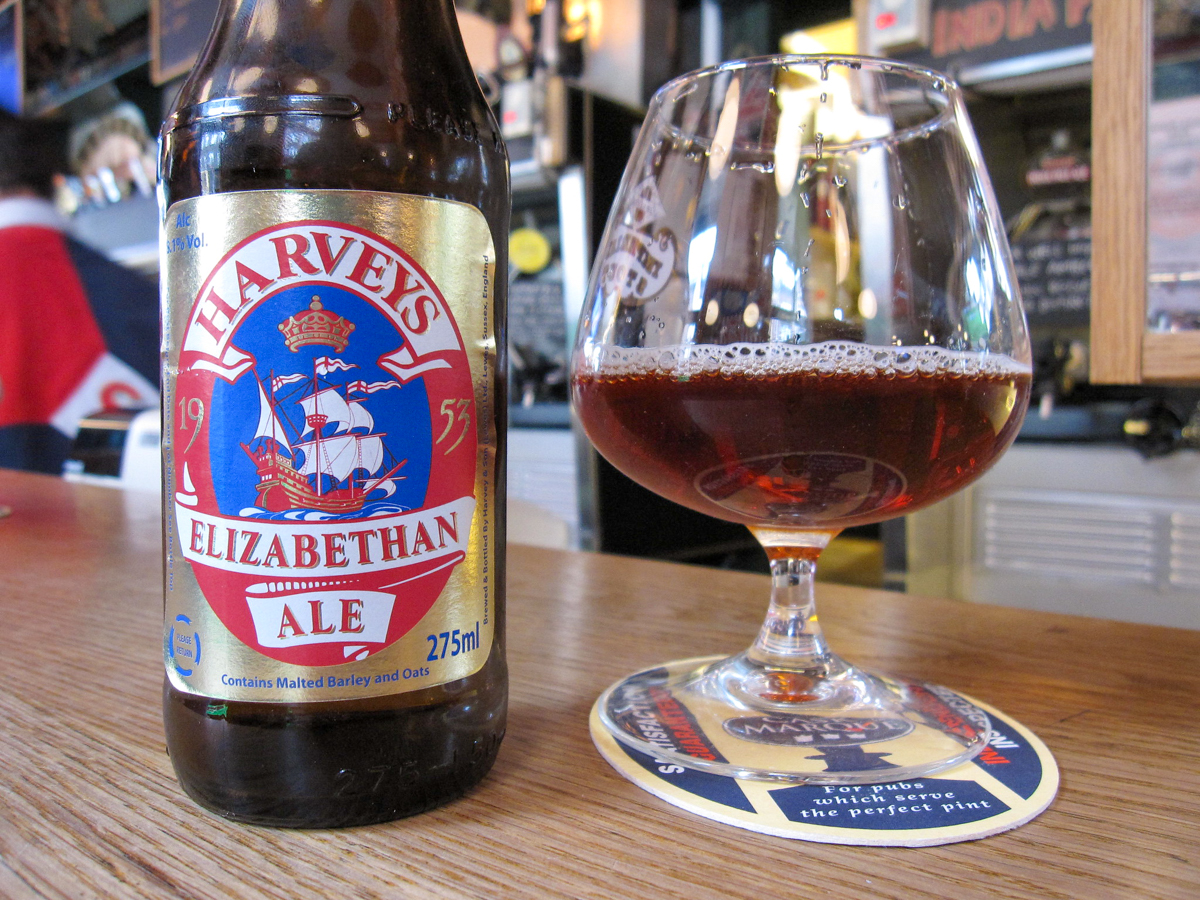
Ridge Walking to Alfriston
From Kingston / Lewes, you rejoin the South Downs Way to Alfriston, passing close to Rodmell where there is a chance to visit Monk’s House, home of the writer Virginia Woolfe. The River Ouse, which the South Downs Way crosses is actually where Virginia Woolf drowned herself by walking into the river with her overcoat pockets filled with stones.
On a cheerier note, the rest of the walk to Alfriston includes some more excellent ridge-top walking. On descending into the village, you are met with two characterful old pubs in a picturesque setting untouched by time.
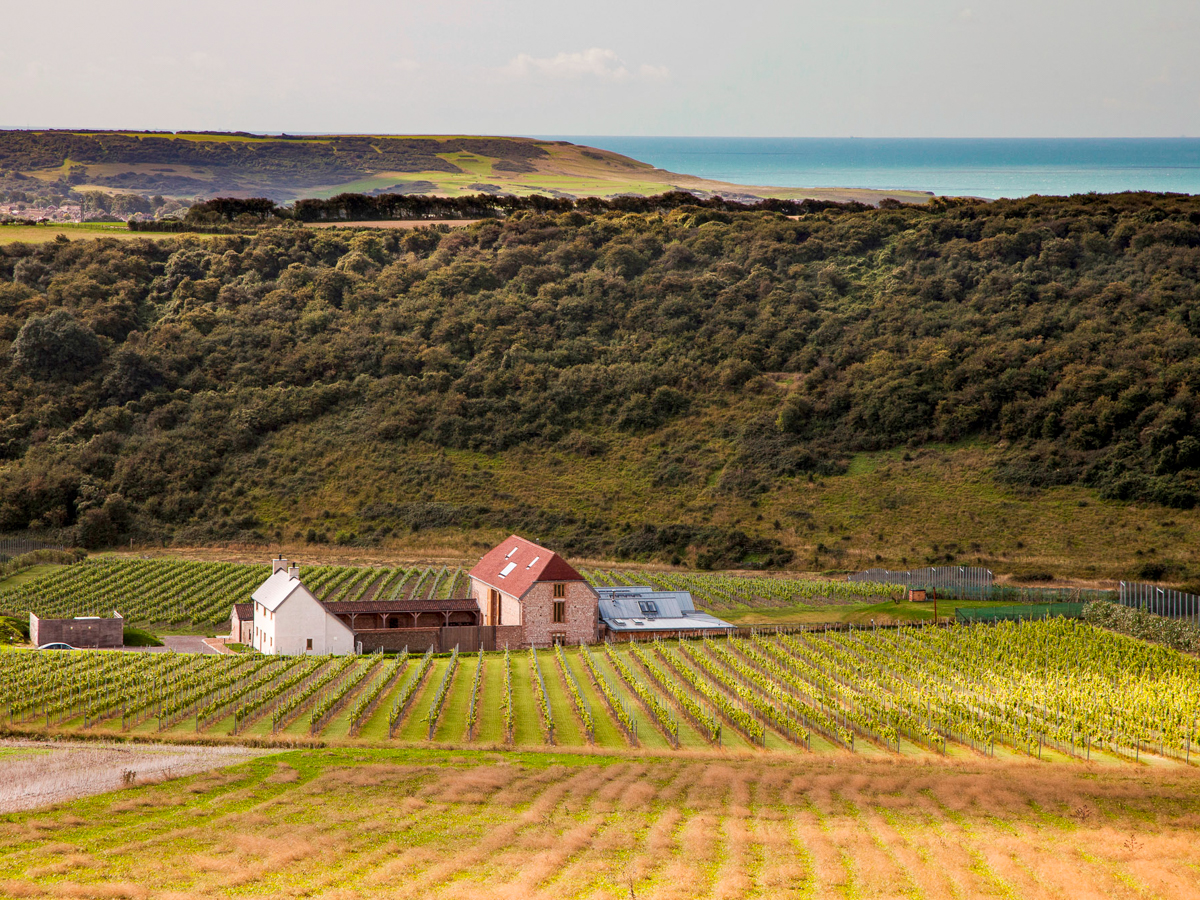
Saving the Best Til’ Last
From Alfriston, the South Downs Way continues on through lush green farmland, following the banks of the Cuckmere River as it meanders merrily all the way to the sea. Here, the character of the walk changes dramatically.
The second half of the day and the very last stage of the South Downs Way is undoubtedly the highlight of the whole route.
Here, you are treated to a splendid clifftop rollercoaster, as you hug the South coast of England across to Eastbourne. The undulating cliffs make greedy demands on your legs, requiring many steep ups and downs, but they always make sure to reward you, and the views in every direction are nothing short of spectacular.
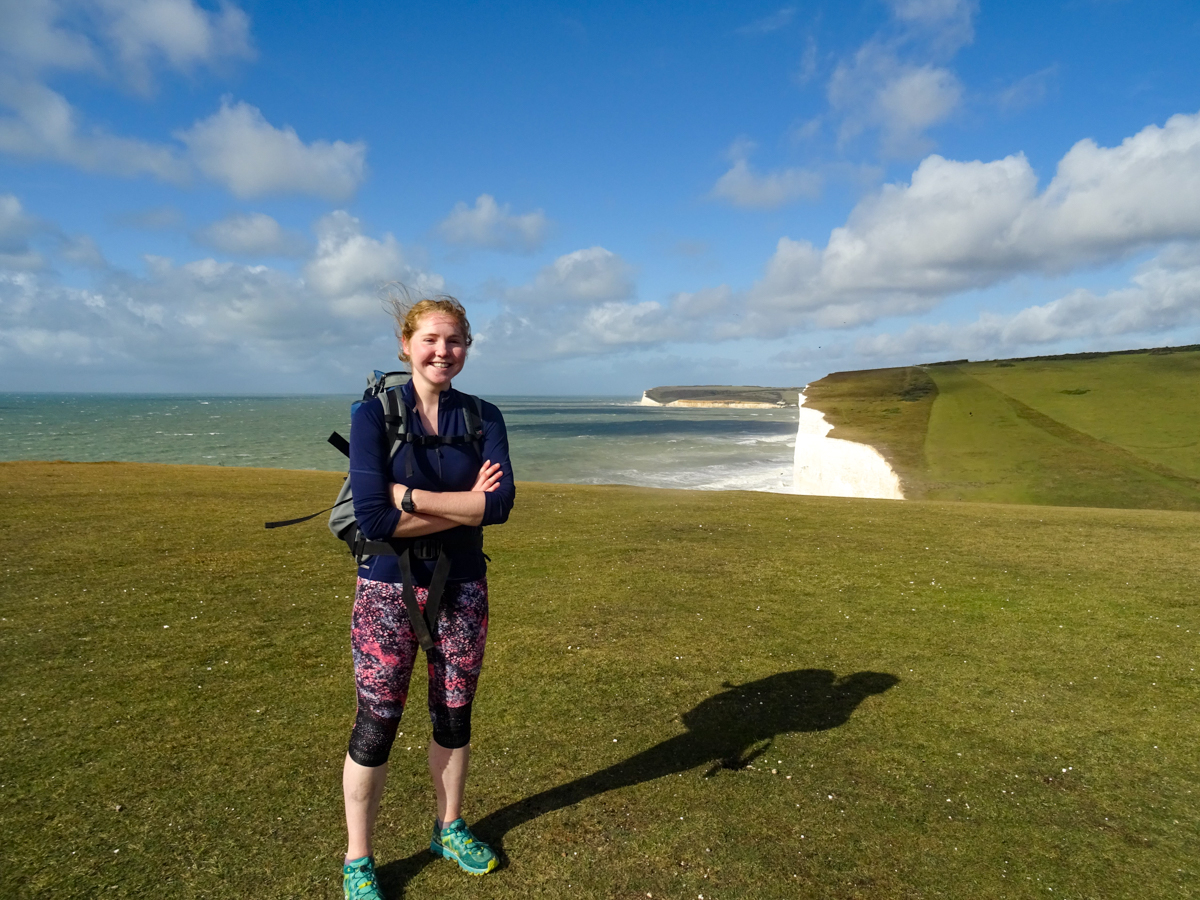
Classic Cliffs
The famous cliffs of the Seven Sisters provide some of the finest coastal walking in Britain. Their chalky columns plummet dramatically into the fierce waves of the English channel, and on a clear day, it’s rumoured you can see all the way across to France.
You then come to the Birling Gap, an excellent natural break in the cliffs where you can descend to the beach. Here, you can admire the view of the cliffs you have walked over and the way still to come. There is also a National Trust Visitors Centre where you can enjoy a warm lunch and learn all about the dynamic coastline and its erosion over the years. There are some fascinating (and mildly unnerving!) photos which show the retreating coast through the decades. A gentle reminder to keep back from the edge.
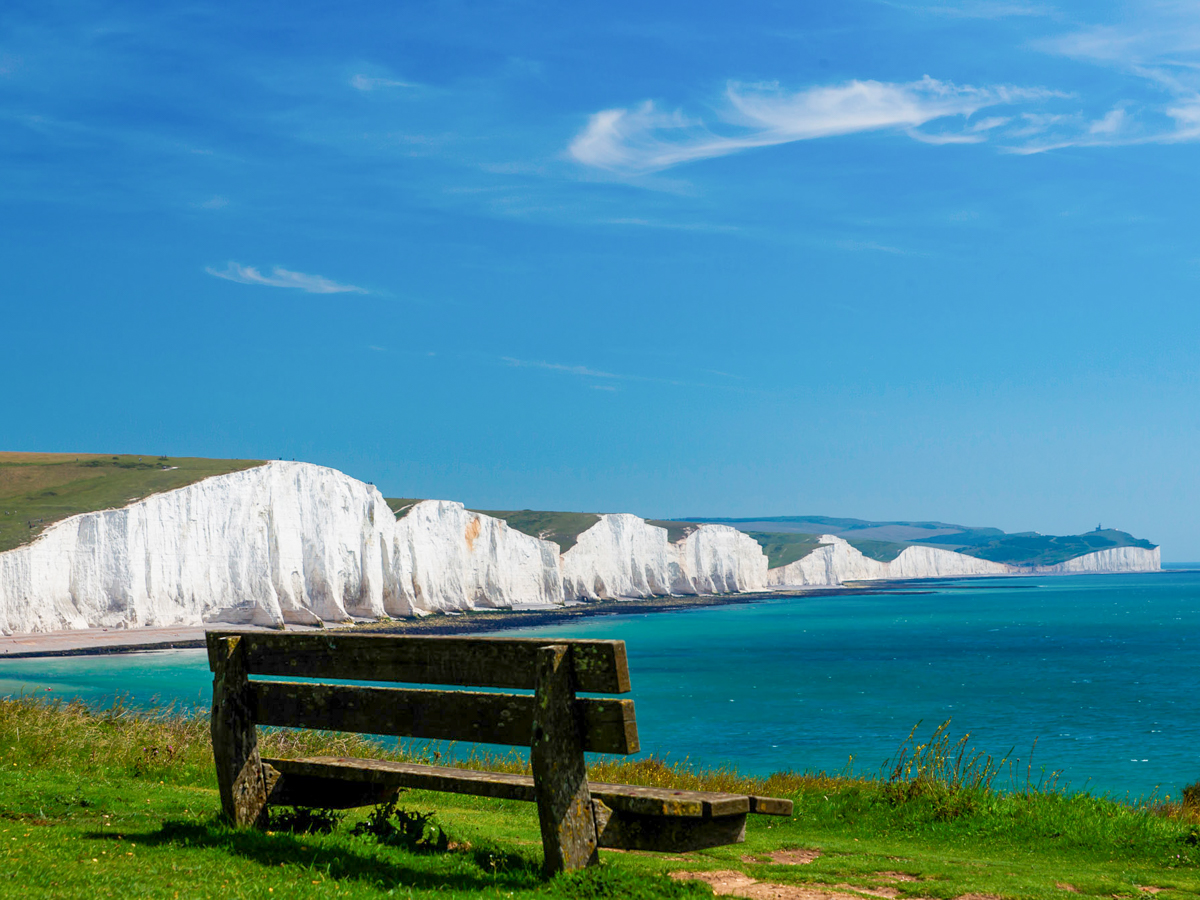
Beachy Head
Onwards and upwards, the final highlight of the walk is the picture-perfect lighthouse at Beachy Head. In its construction, a cable car from the adjacent clifftop was set up to transport materials and construction workers across from the shore – a bold endeavour!
The iconic lighthouse is over a hundred years old and has long been a welcoming beacon to sailors and a patriotic emblem to those returning from the two World Wars.
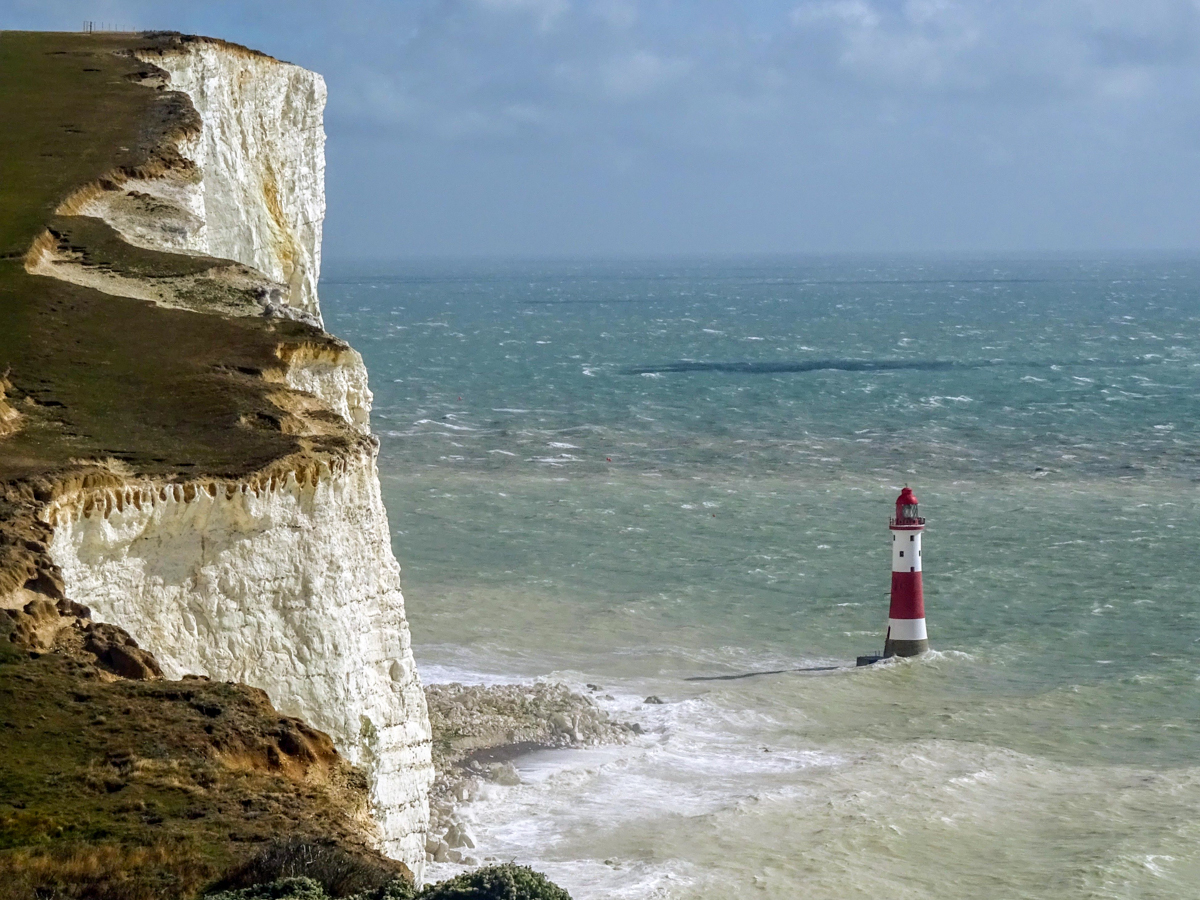
Finally, the trail descends into the town of Eastbourne and the official finishing point of the South Downs Way.
By the expansive ocean here, you can sit and bask in your achievement. You’ll have completed 100 miles through the historic heart of Southern England, taking in expansive vistas from rolling hills, exploring the charms of thatched villages and the exhilaration of the cliffy coastline.
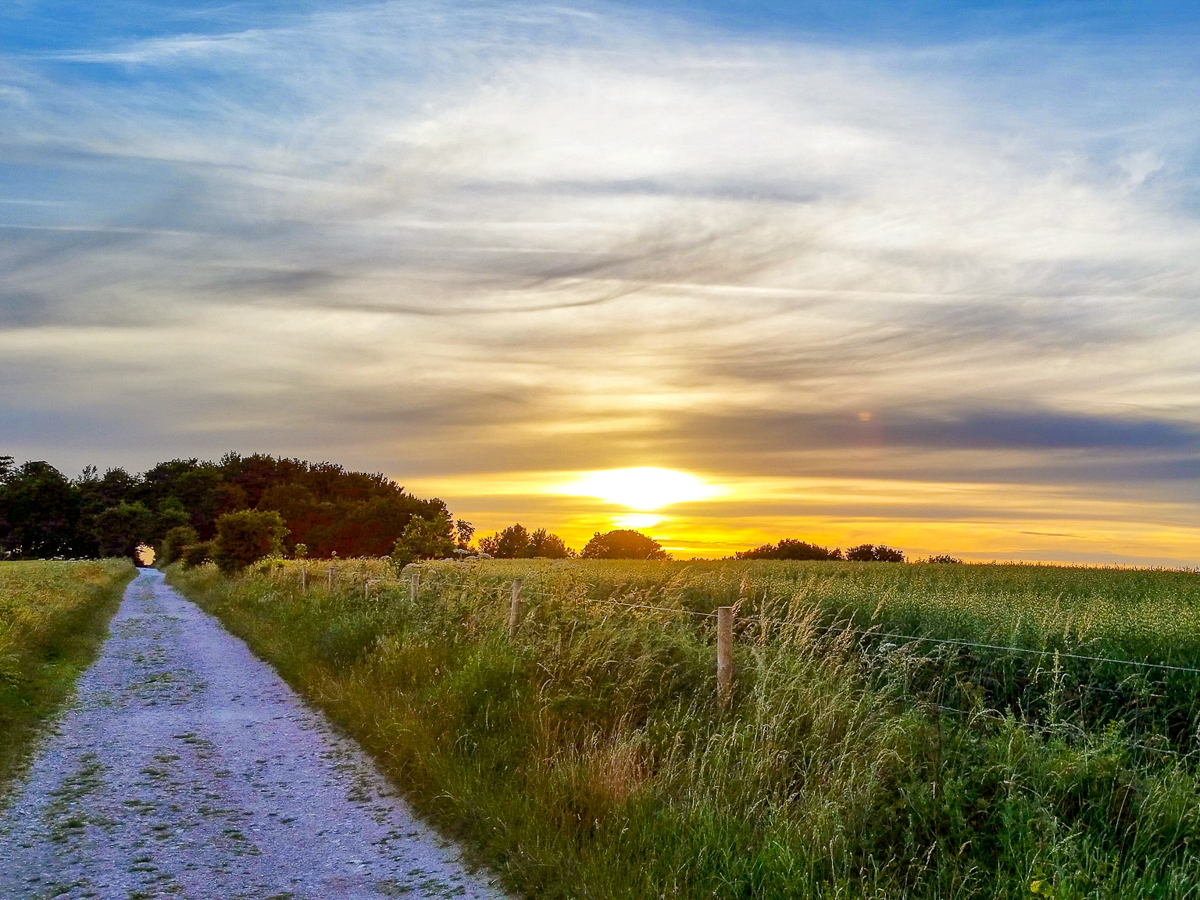
Why not start planning your journey on the South Downs Way today?
Absolute Escapes offer self-guided walking holidays on the South Downs Way, as well as many of the best hiking trails in the UK & Ireland. Our packages include hand-picked accommodation, baggage transfers, guidebook/map, and personalised information pack.
Send us an enquiry today – we’d love to help you plan a memorable walking holiday through the South Downs.
Charlotte Wood
Discover National Trails
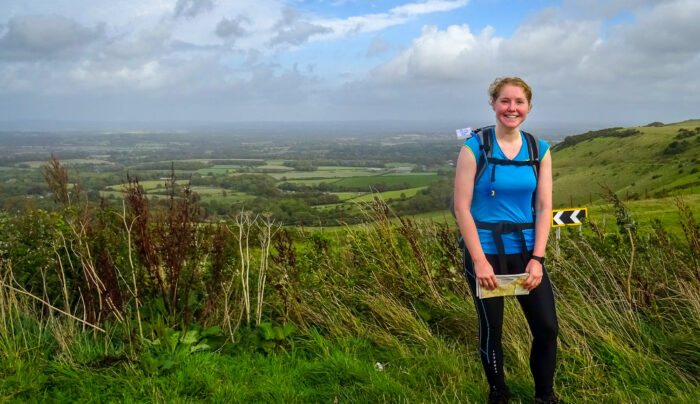
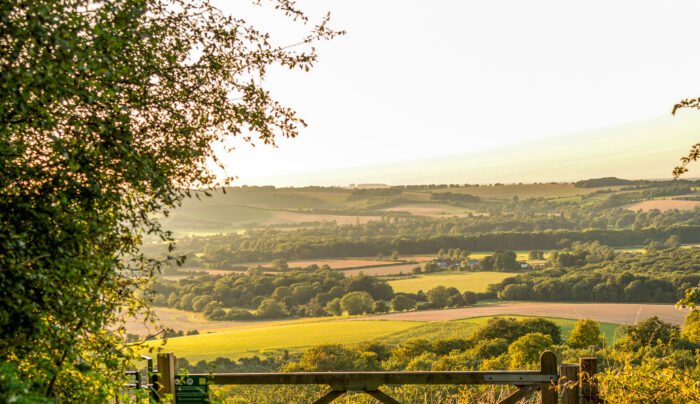
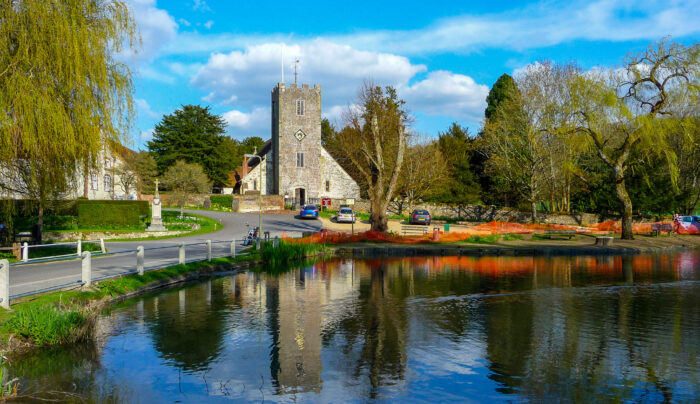
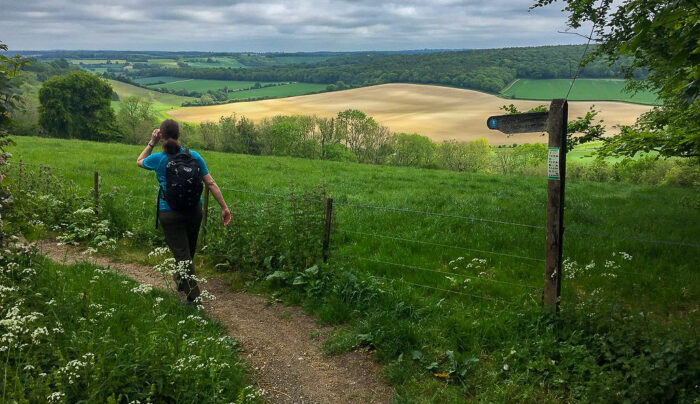
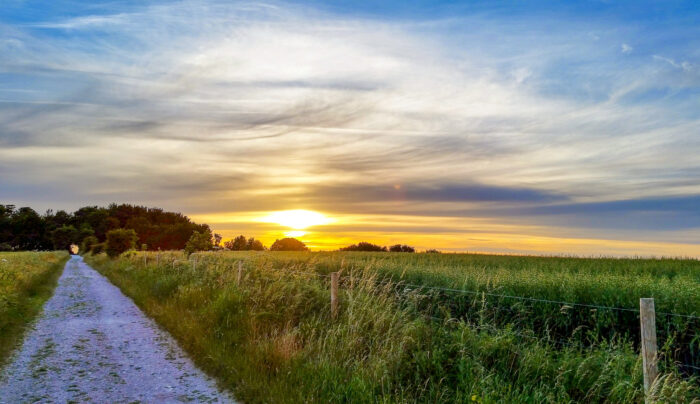
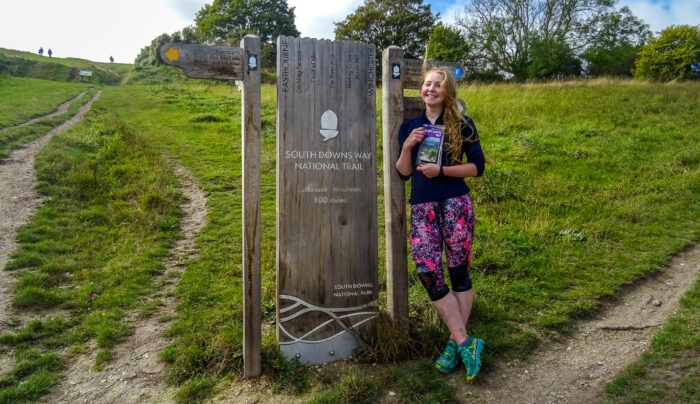
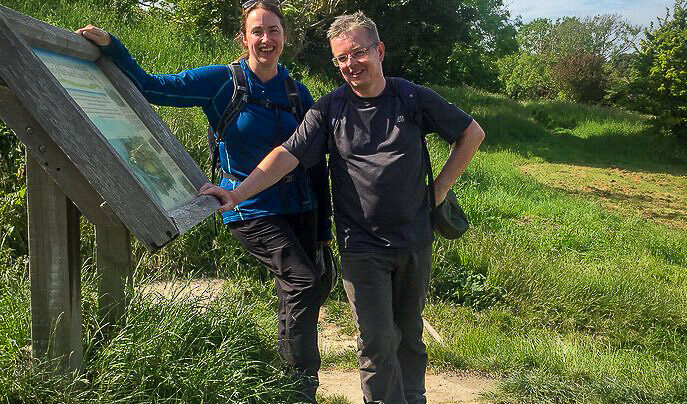
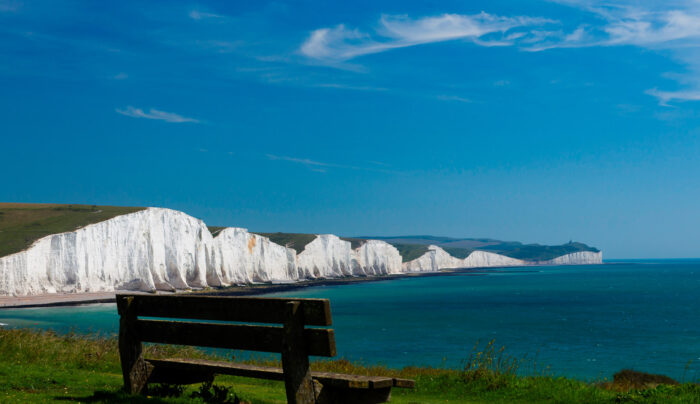
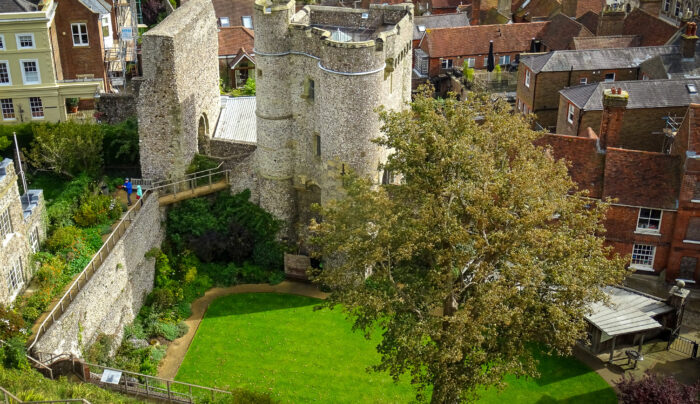
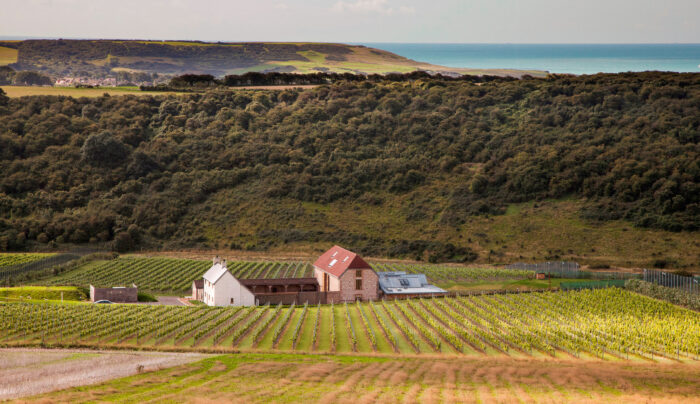
- Enjoy the rolling landscapes of southern England and an exhilarating sense of space
- Discover Iron Age hillforts & Bronze Age burial mounds
- Explore quaint villages and relax in historic inns
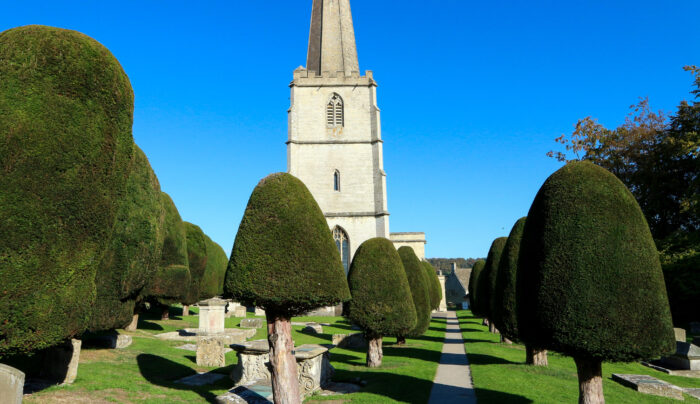
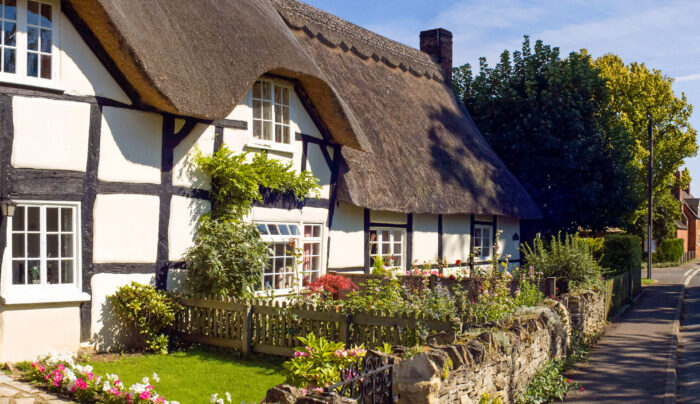
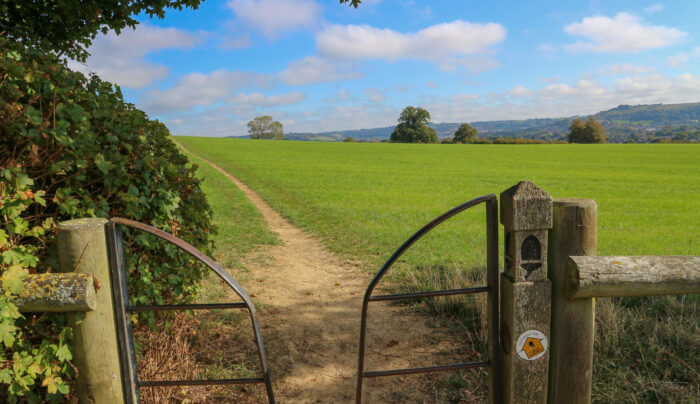
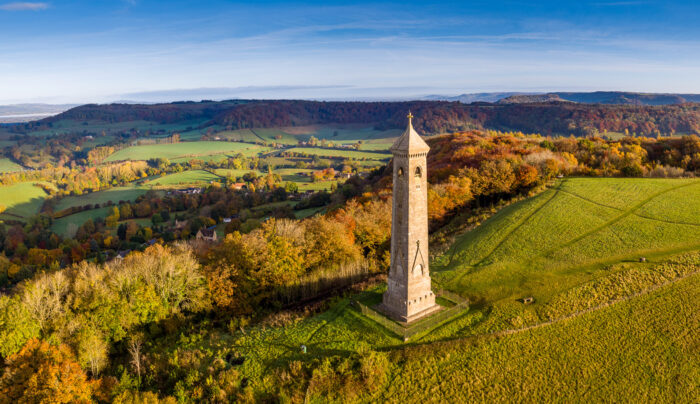
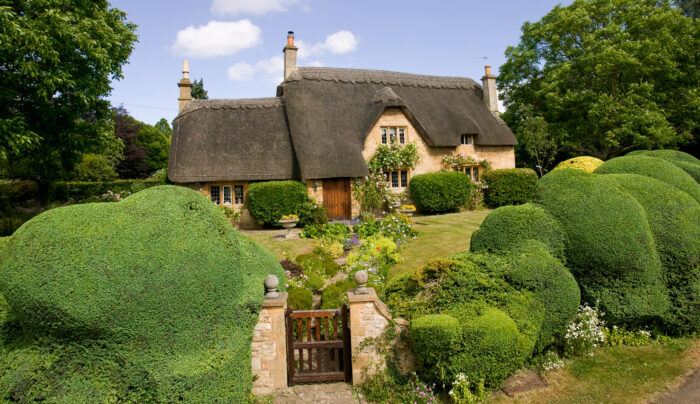
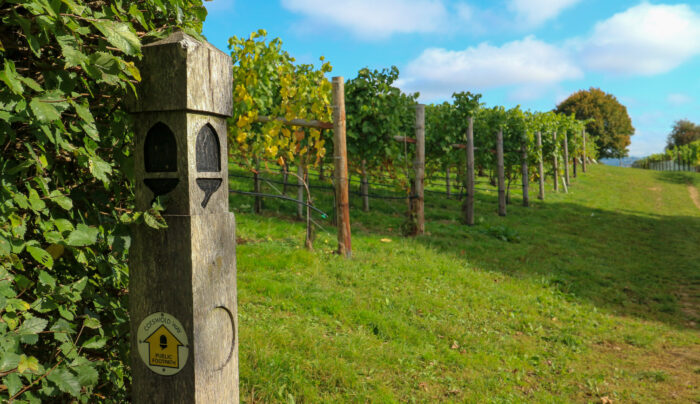
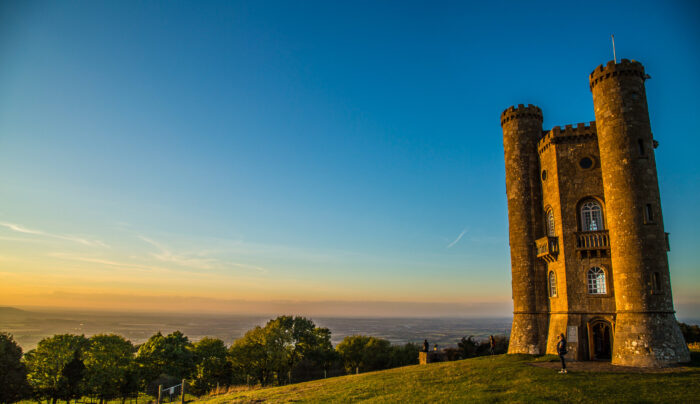
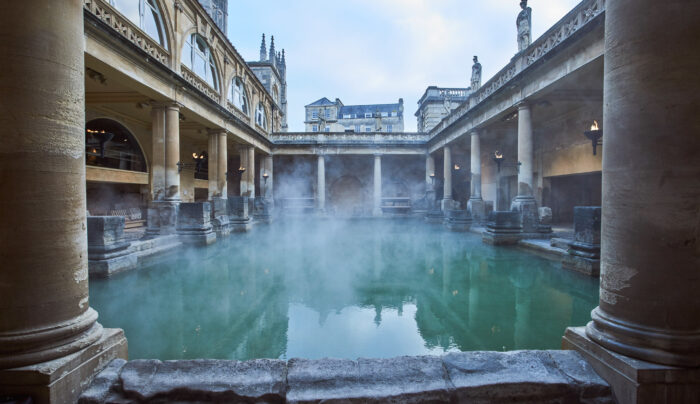
- Far-reaching, stunning views of quintessentially English landscapes
- Discover Roman villas, abbeys, historic houses and battle sites
- The picture-perfect village of Painswick and other glorious Cotswold villages
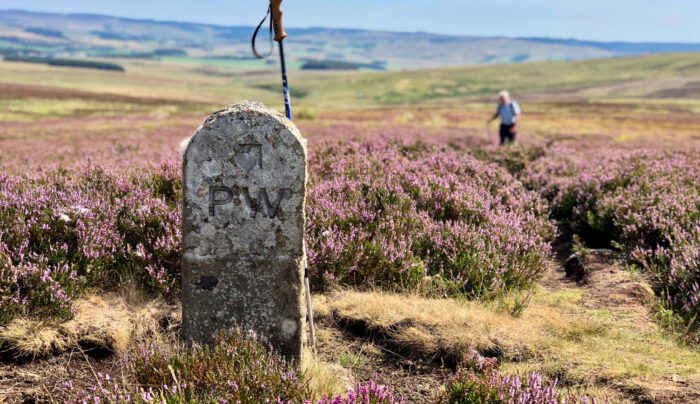
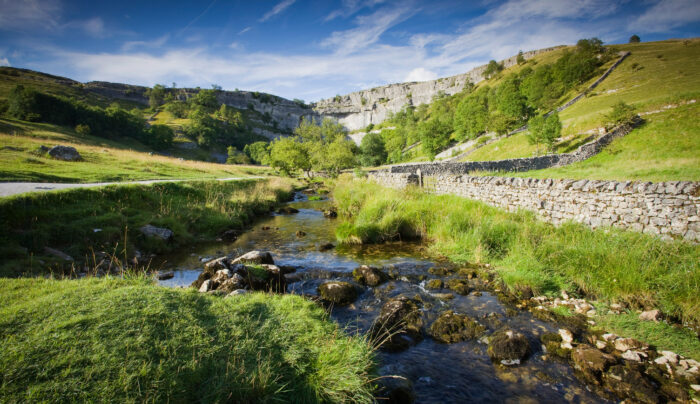
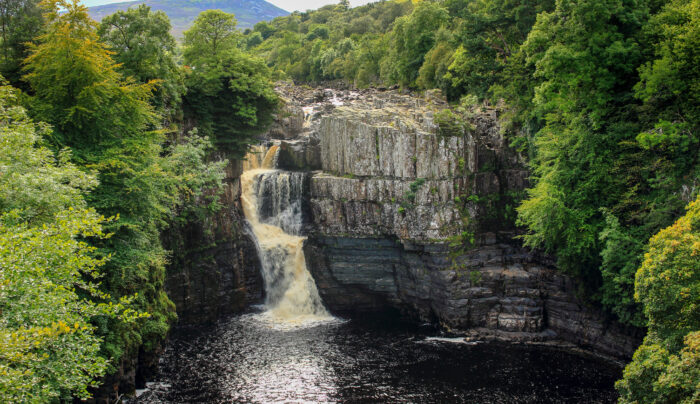
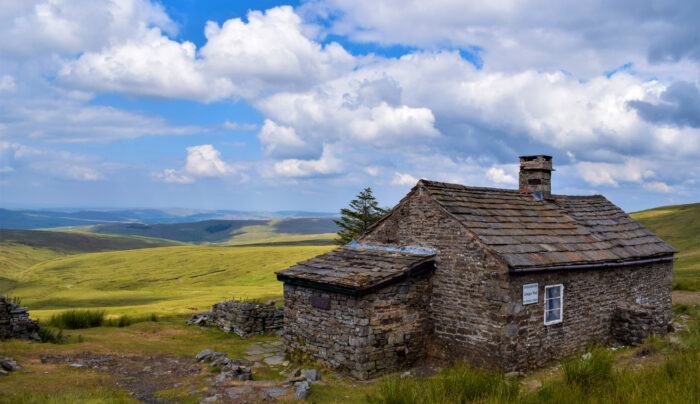
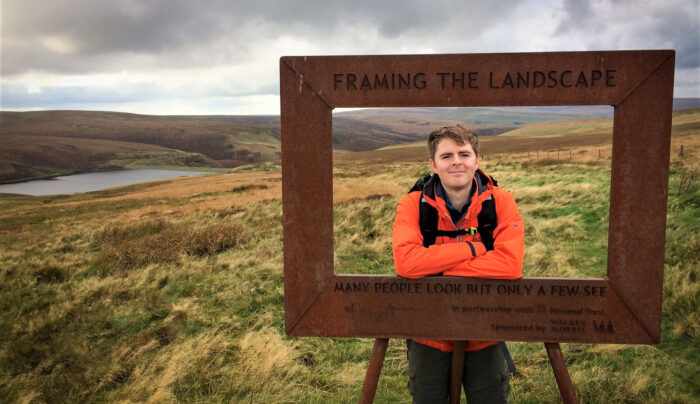
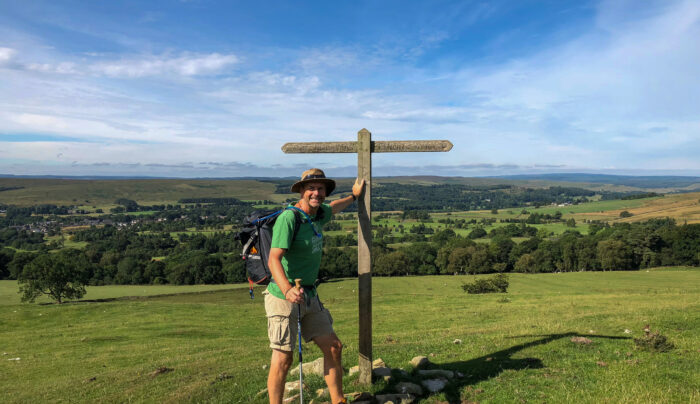
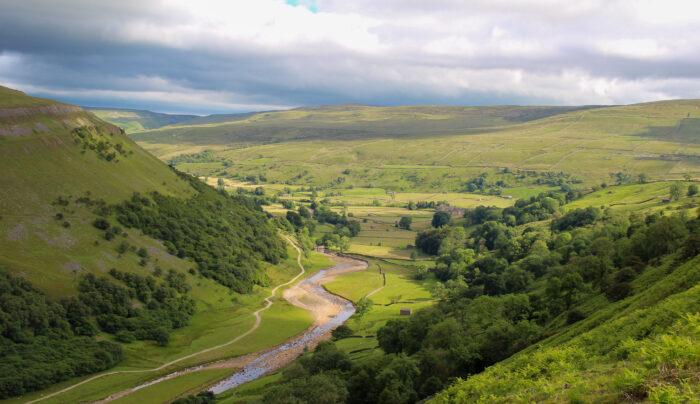
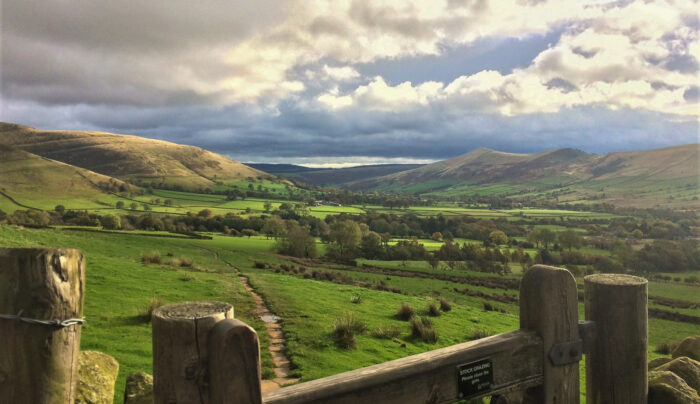
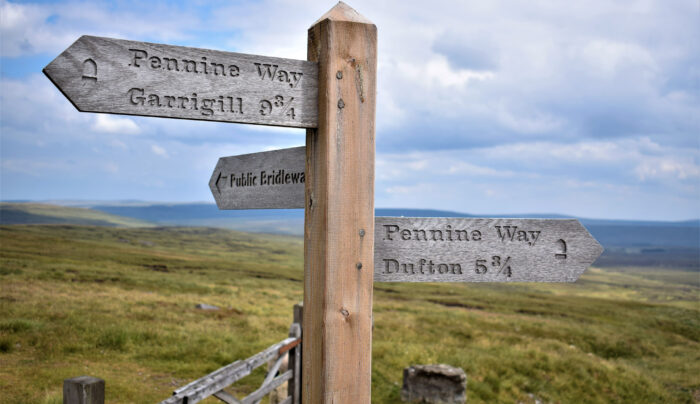
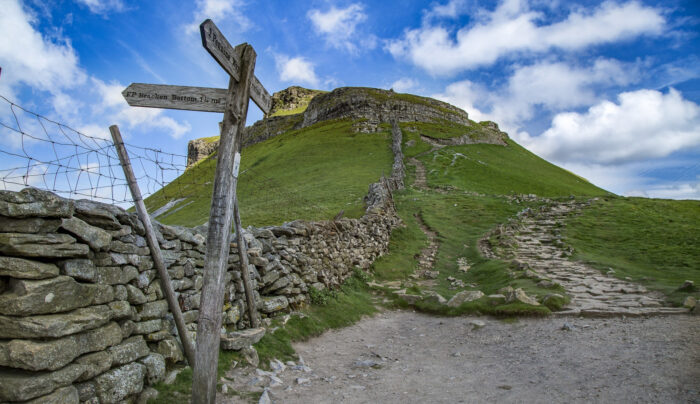
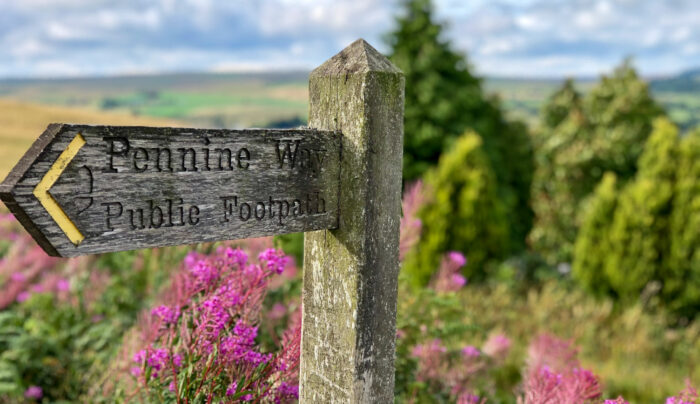
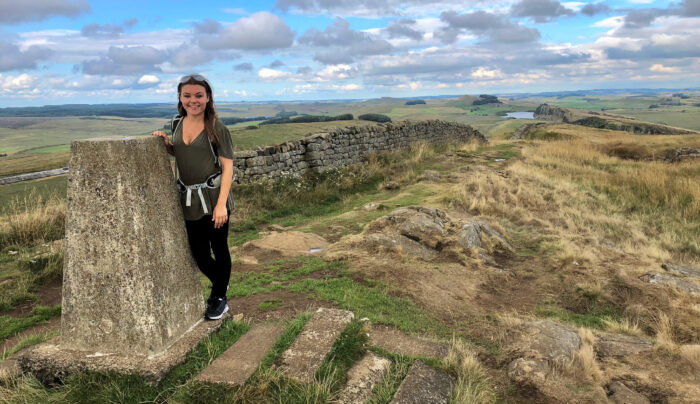
- Experience Britain’s oldest and most famous National Trail
- Traverse three national parks in some of the UK’s most wild and beautiful countryside
- Discover the UNESCO World Heritage Site of Hadrian’s Wall
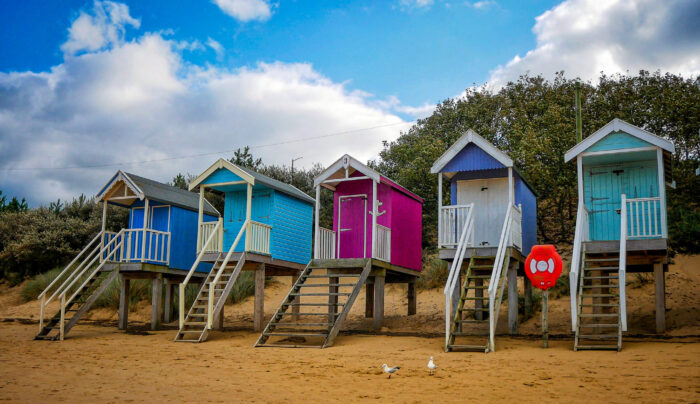
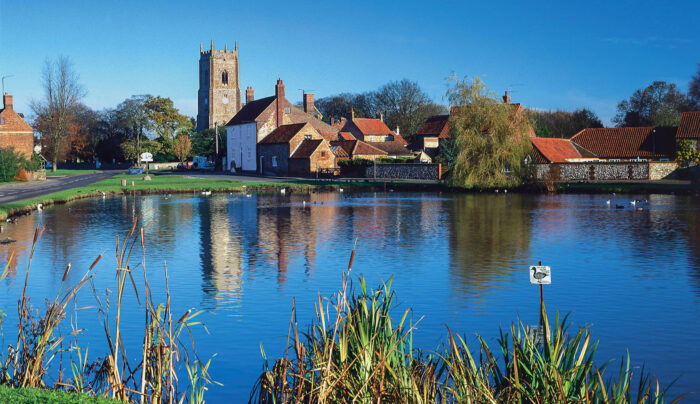
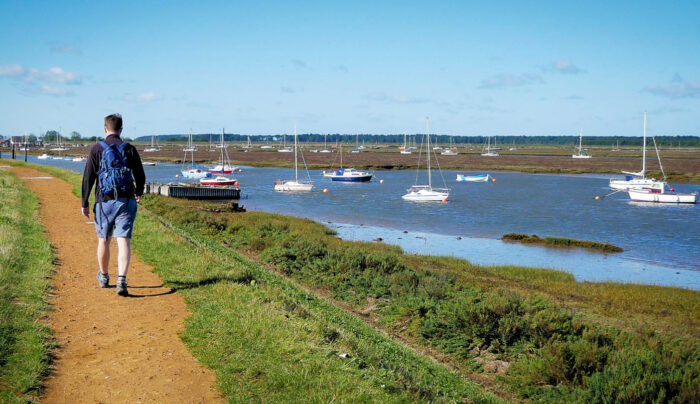
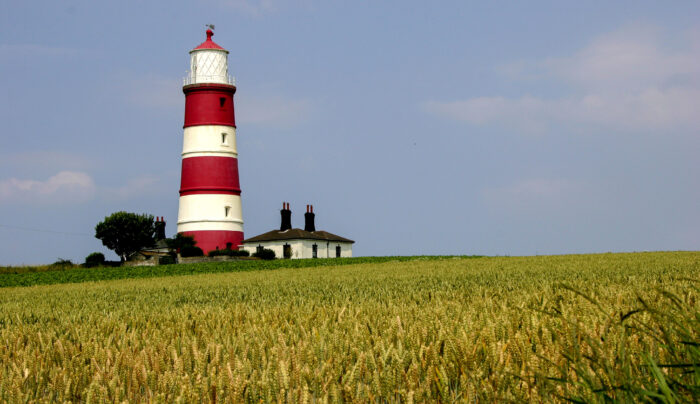
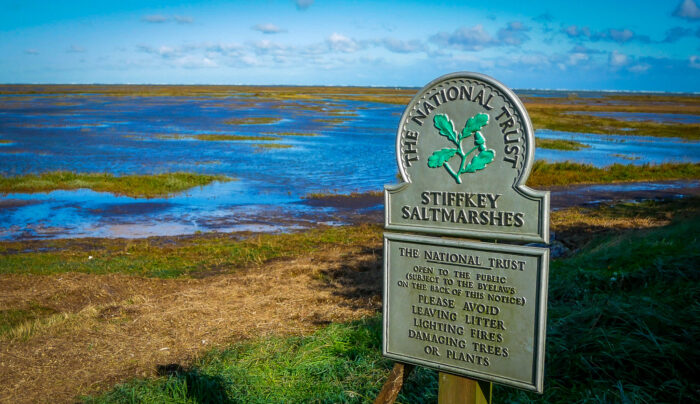
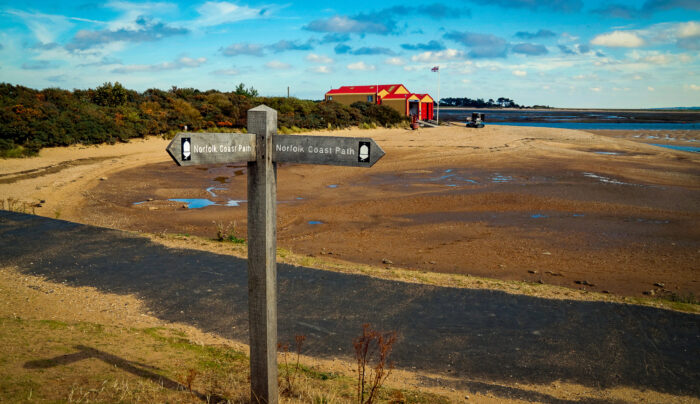
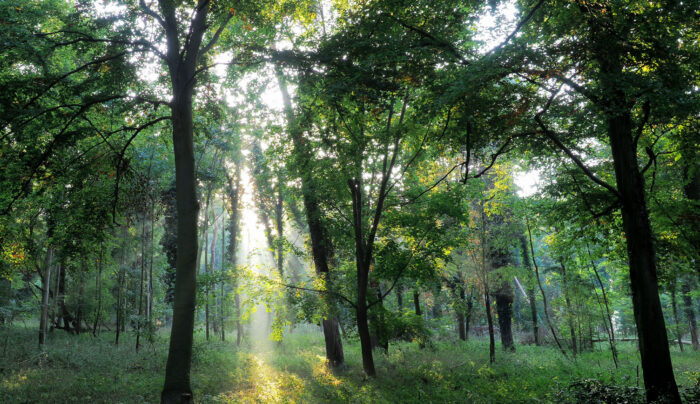
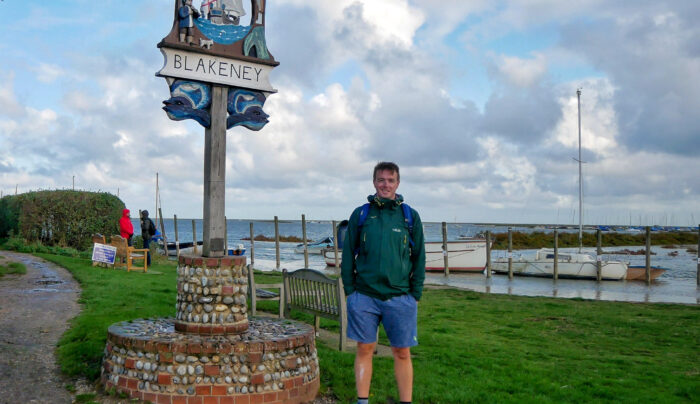
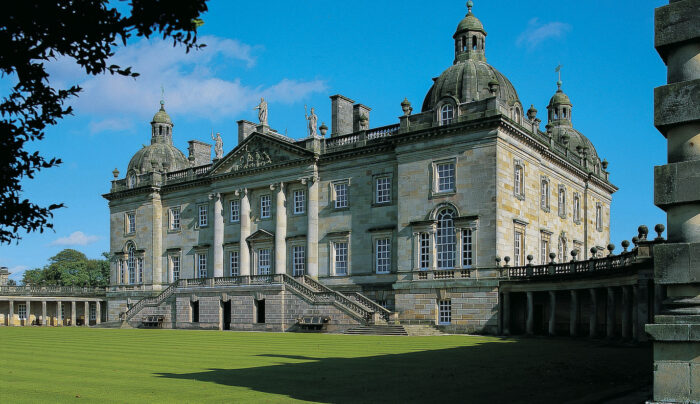
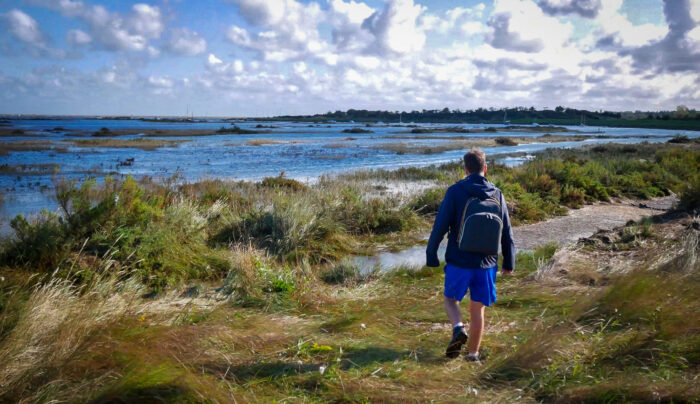
Peddars Way & Norfolk Coast Path
From £1355pp
- Journey through a magical land of sand dunes and salt marshes on the Norfolk Coast
- Castle Acre - a tranquil rural village which boasts an extraordinary wealth of history
- Walk in the footsteps of the Romans along the Peddars Way
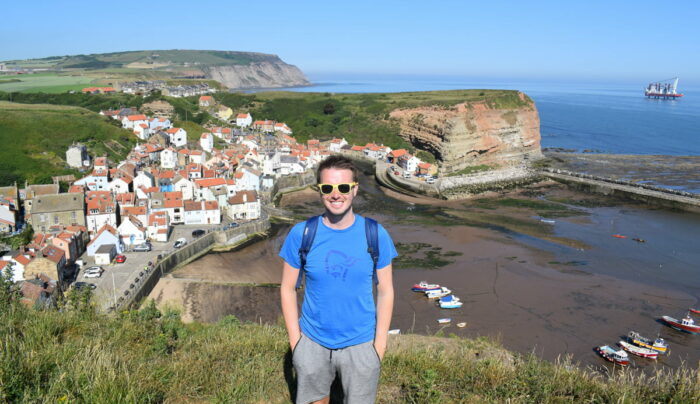
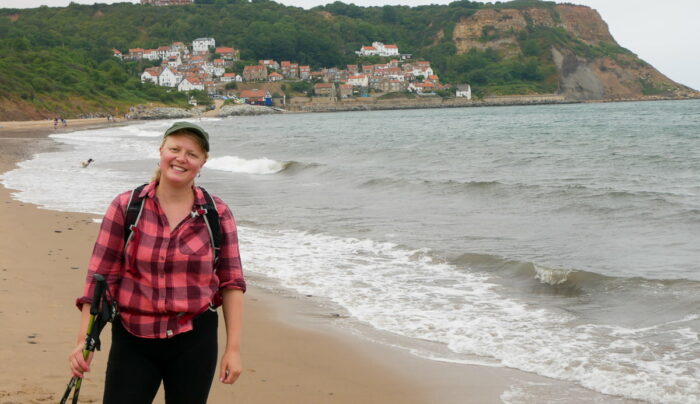
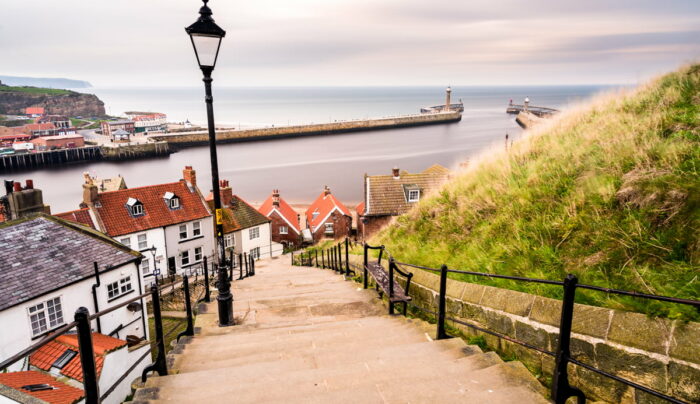
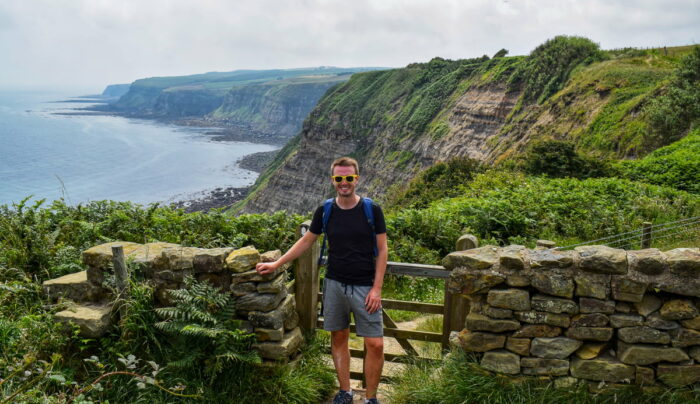
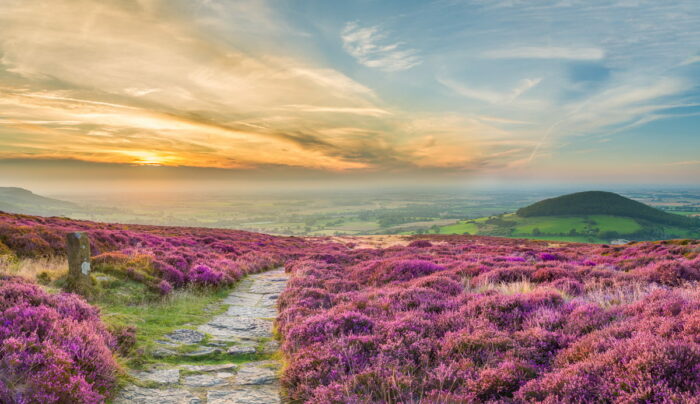
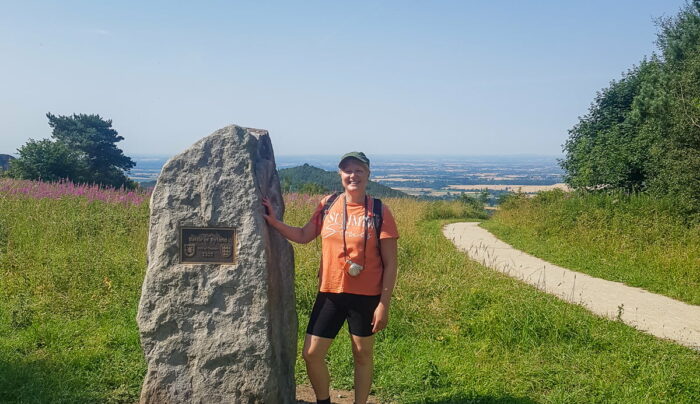
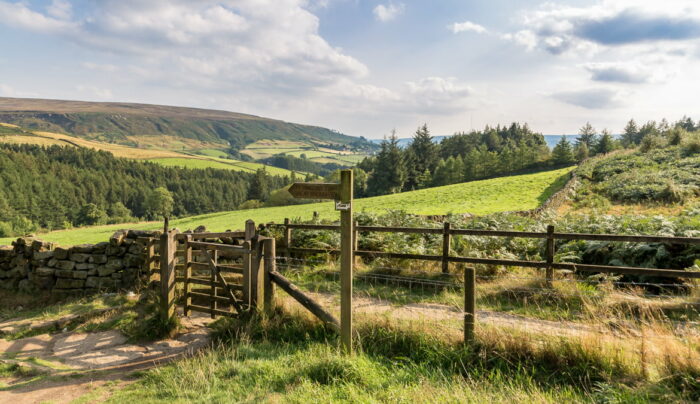
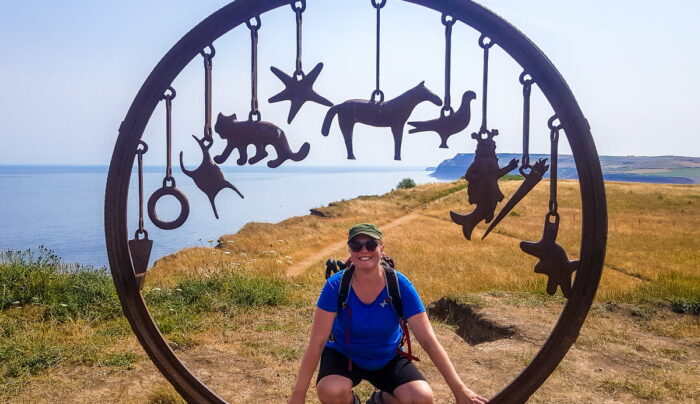
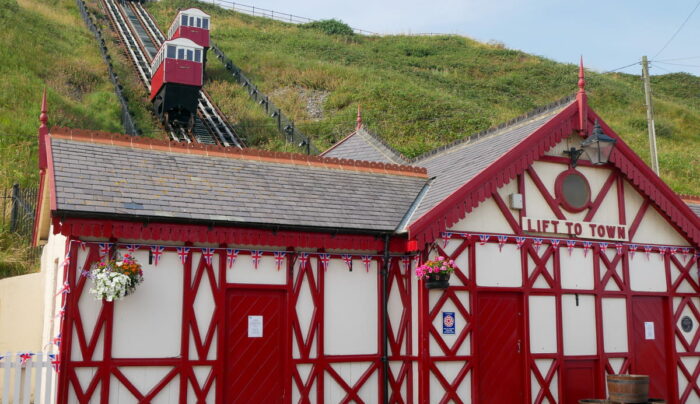
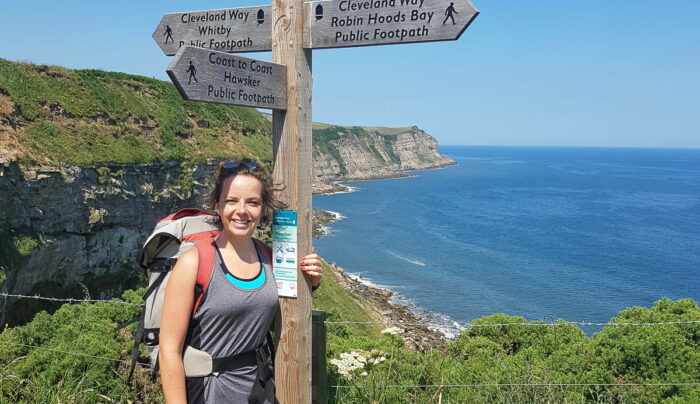
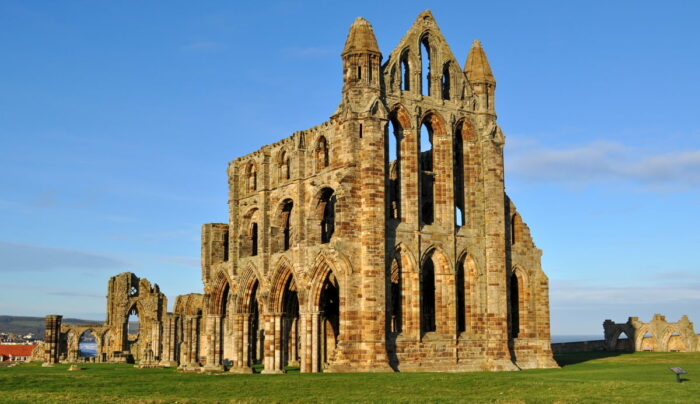
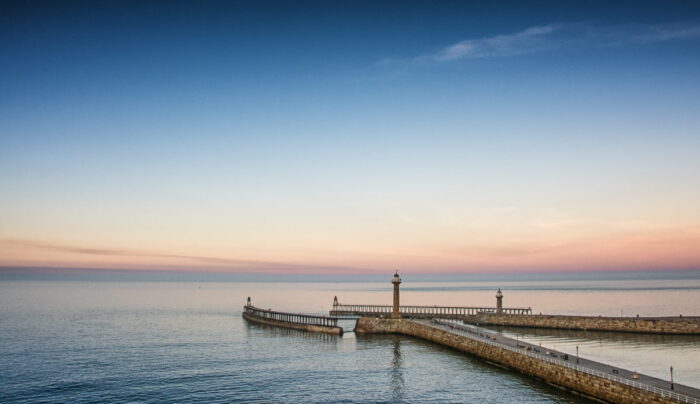
- Experience a superb walk of contrasts; wild moorlands and dramatic coastal cliffs
- Explore attractive coastal towns and old historic fishing villages
- Visit the remains of Rievaulx Abbey and 13th century Whitby Abbey
